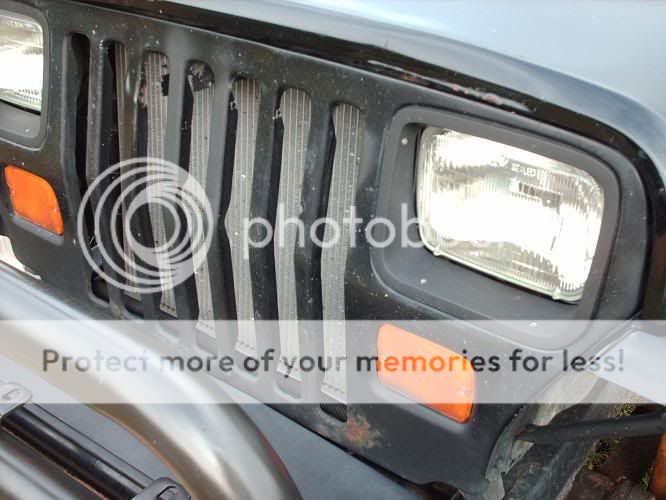2) Sand or brush the oxide layer off, wipe it down immediately with mineral spirit or denatured alcohol, and spray down as soon as it's dry with acid-etching primer (and you'll usually end up with an oxide layer anyhow.)
Try using a faster evaporating solvent than mineral spirits, like lacquer thinner... In fact in a non booth, they recommend even letting that sit 15 minutes before painting. Mineral spirits is one of the slowest evaporating solvents out there, and any left on the surface will cause problems when you try to paint over it.
I just did another test piece.
Should i have cleaned with mineral spirits immediately before spraying the primer? I followed the directions and did this
1:Washed thoroughly with mineral spirits
2:Wiped off residue
3:Heavily scuffed the entire piece with scotchbrite
4:Wiped off dust
5

rimed ASAP. 3 light coats 2 minutes apart.
How long should i let it dry, before applying paint?
Also, i feel like i should have done another mineral spirit wash after scuffing, should i have?
What process are you using to scruff it? Car paint is much softer than metal so using a gray or red scotchbrite pad is usually good enough. For metal itself, I like to use even more coarse stuff... I don't use metal etch as I prefer epoxy primers (I spray 2k stuff though, not rattlecan). I usually finish bare metal down with 40 grit sandpaper on my DA sander. It doesn't actually leave 40 grit deep scratches as the metal is so hard, but it ususally gives it enough teeth to bite into. Also, any oils on your hands or from not a good thorough cleaning before hand will actually be sanded INTO the metal when you go to scruff it up. I also scruff with my scotchbrite pads or sand paper in a case like this using water with a small amount of dawn dish soap mixed in... This will prevent you're sanding from putting oils and other contaminates into the 'pores' of the metal.
Last, after I got everything set up ready to spray (as in, I wont have to touch the panel again until after its been painted) I'll do a final wipedown using a fast evap solvent, like lacquer thinner.
The best way to wipe things down is to spray it on, or wipe it on with a wet cloth, (cotton is best but make sure what ever you use doesn't leave lint) and then wipe that off with a clean dry cloth.... Without going into too much detail, what is happening here is the solvent is wiped on, and that lifts (solvent will suspend oil and other contaminants, but not break it down) contaminants to the top (they float), and then your dry clean cloth following the wet cloth will pick those up.
I know this sounds like overkill in some aspects, and it is, but this is the best way to make sure your part is cleaned and prepped for paint. By eliminating these variables from your procedure, you will possibly solve your problem or get closer to finding out what is wrong.
What metal etch are you using? It could be that it is weak... Also, your flash time in between layers sounds way too fast, but I'm more used to auto body paints... What could be happening is that your quick flash times aren't allowing enough time for the solvents to evaporate, and your trapping them in between layers... I know you said you waited 3-4 hours after laying down a few coats of primer, but this is something that can and has happened. Last, what is the temperature your spraying at...? Temperature plays a HUGE role in how fast something takes to dry... An example: A couple years ago my Jeep had a thin floor due to rust. I wanted to strengthen it without having to cut it out and weld in a new one, so I laid some fiberglass and resin down on it. This was, for all intensive purposes, outside at 40 degrees, since my garage doesn't have heat. It took over two weeks for that resin to dry, and I could still stick my finger nail deeply into it... This is a very similar scenario to how paint dries at too low of a temperature. Ideally you want a minimum of 60 degrees for paint to dry, whereas 75-85* is easiest to work with (as far as automotive paints go).
Hope I gave you some helpful suggestions.
-Joe
P.S. There are acid etch chemicals you can also use. You spray it on, let it bite into the metal and then wash them off (wearing gloves throughout the whole time!). They work pretty well but they are more of an old fashion way imo to do this. It has kind of evolved from acid etch chemical, to acid etch primer, to epoxy primer. The prior work, but as the products evolve, they save steps and cut down costs and time it takes to get something painted (which = more $ profit).






